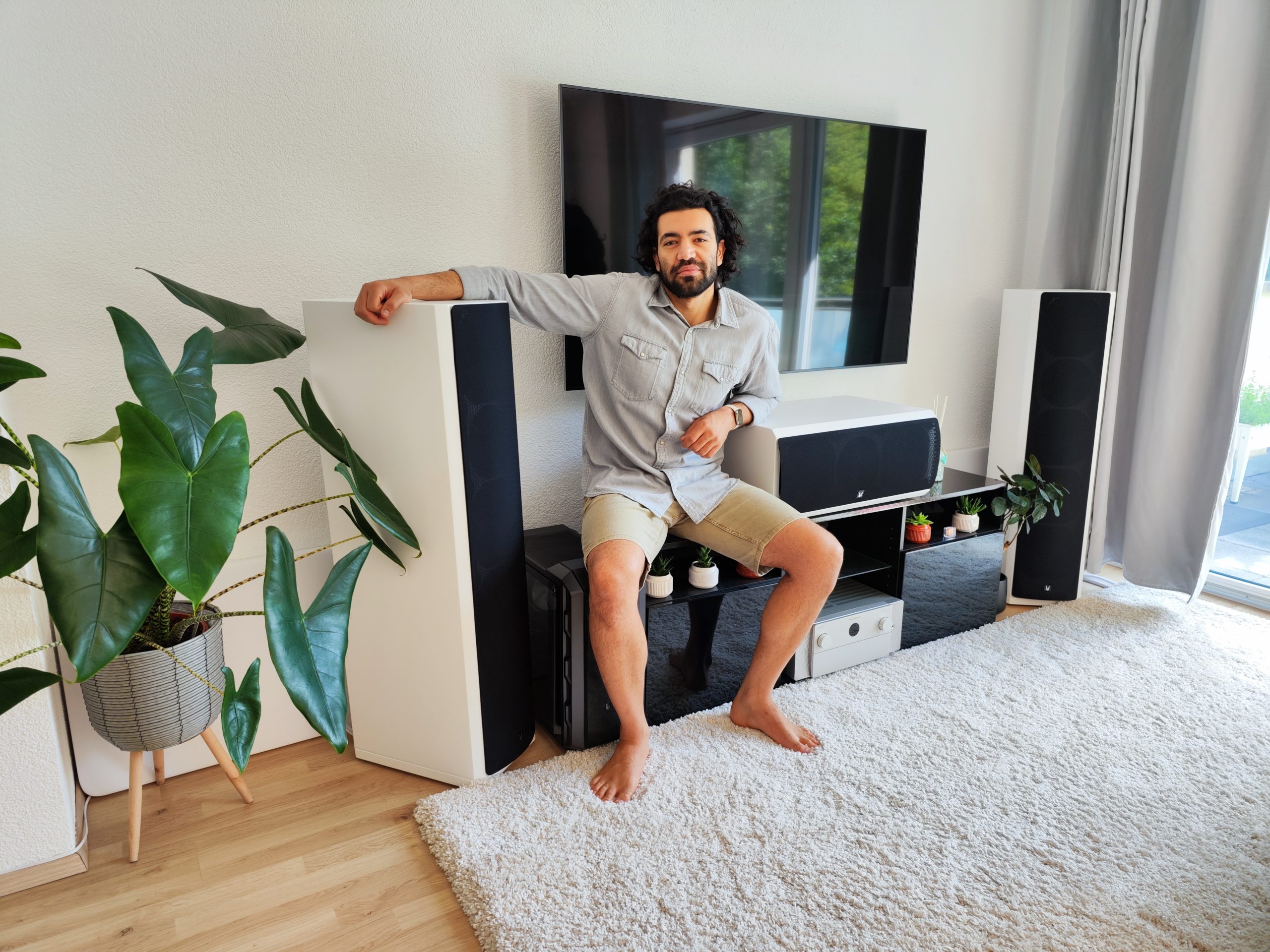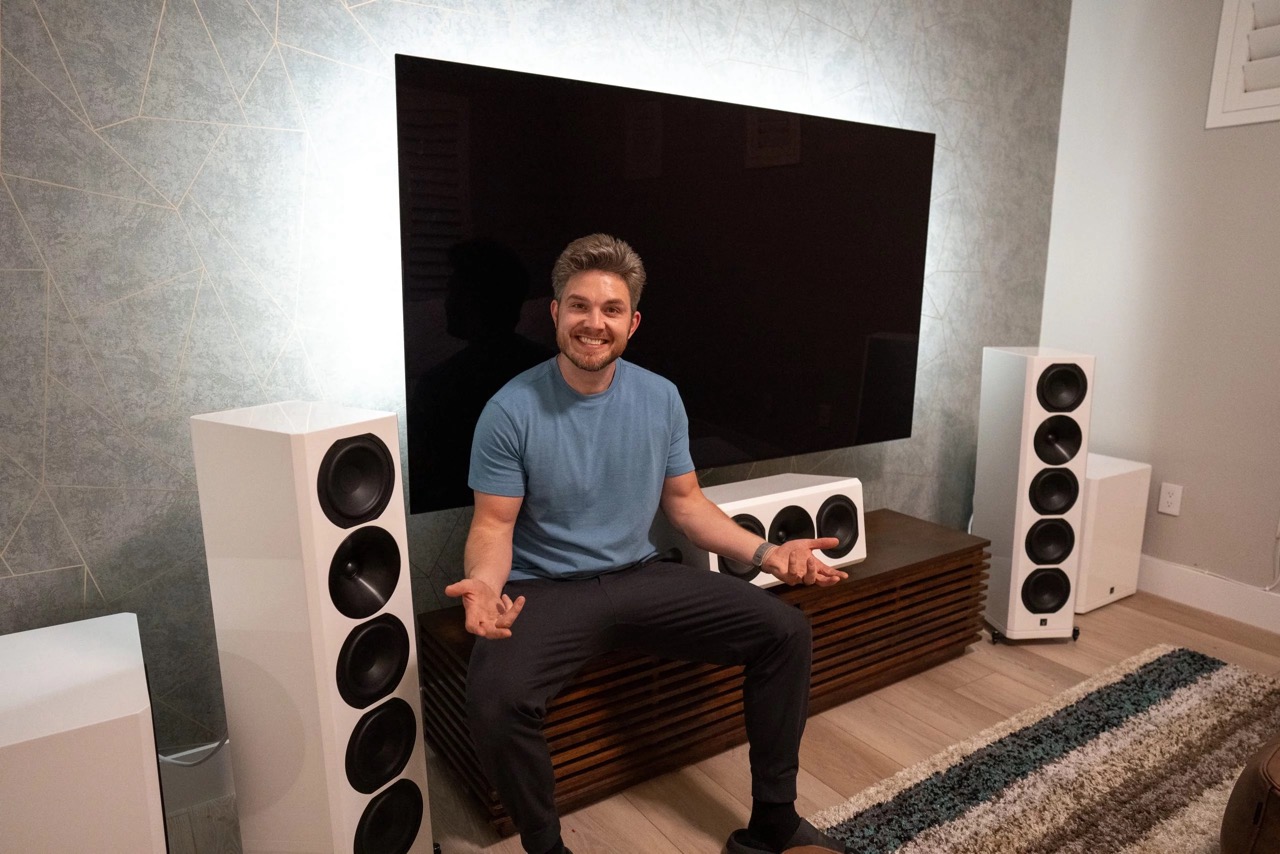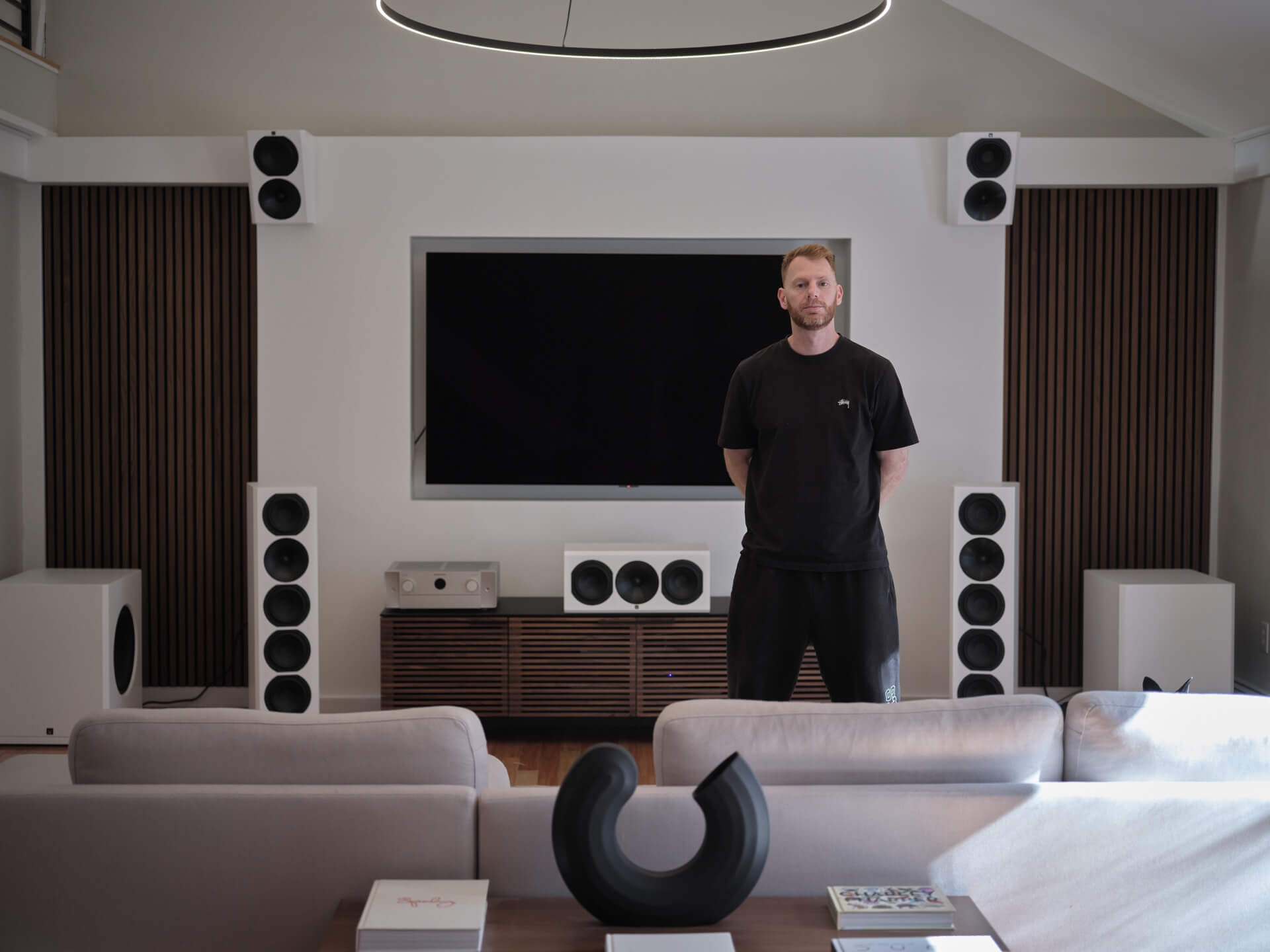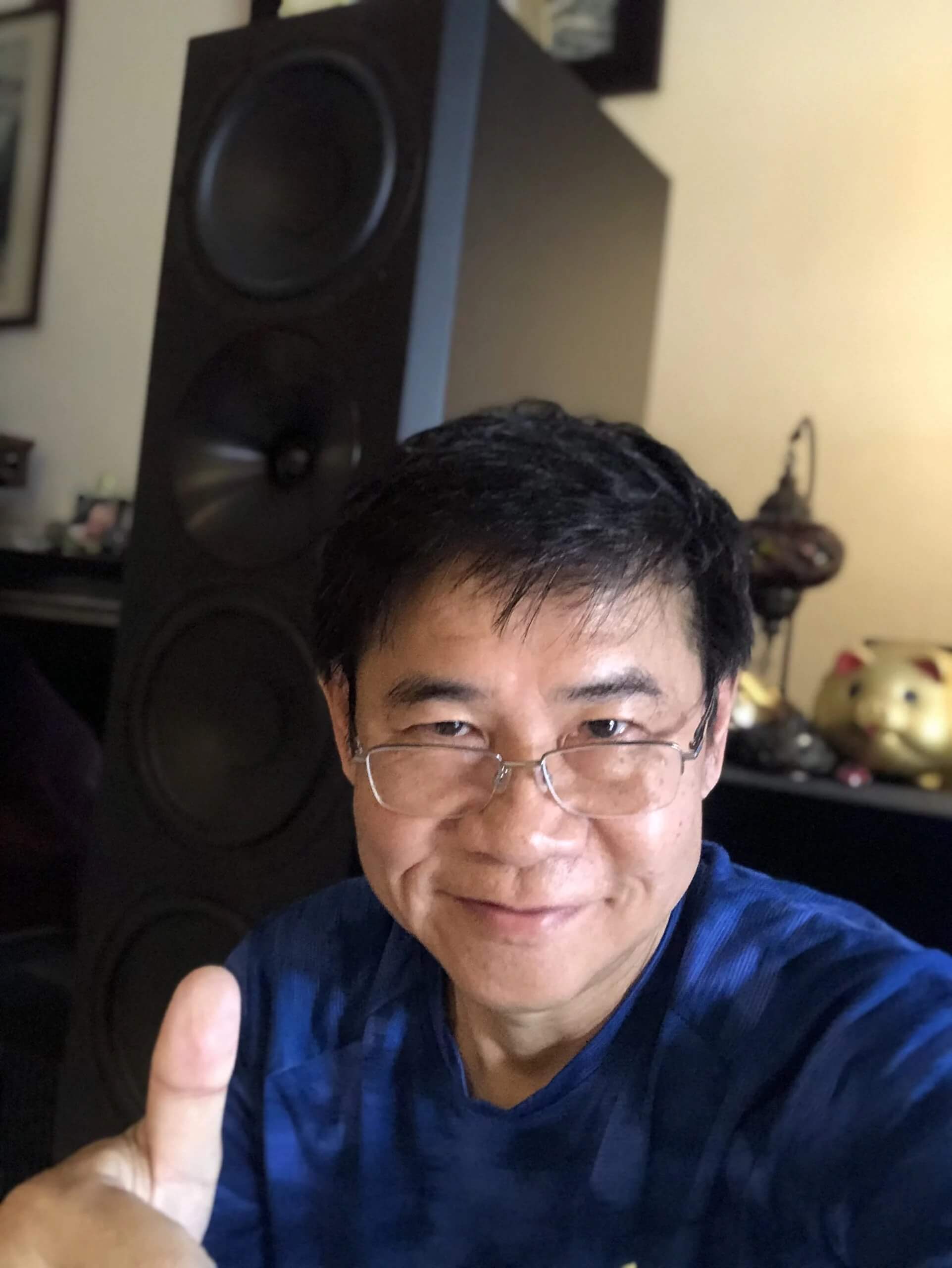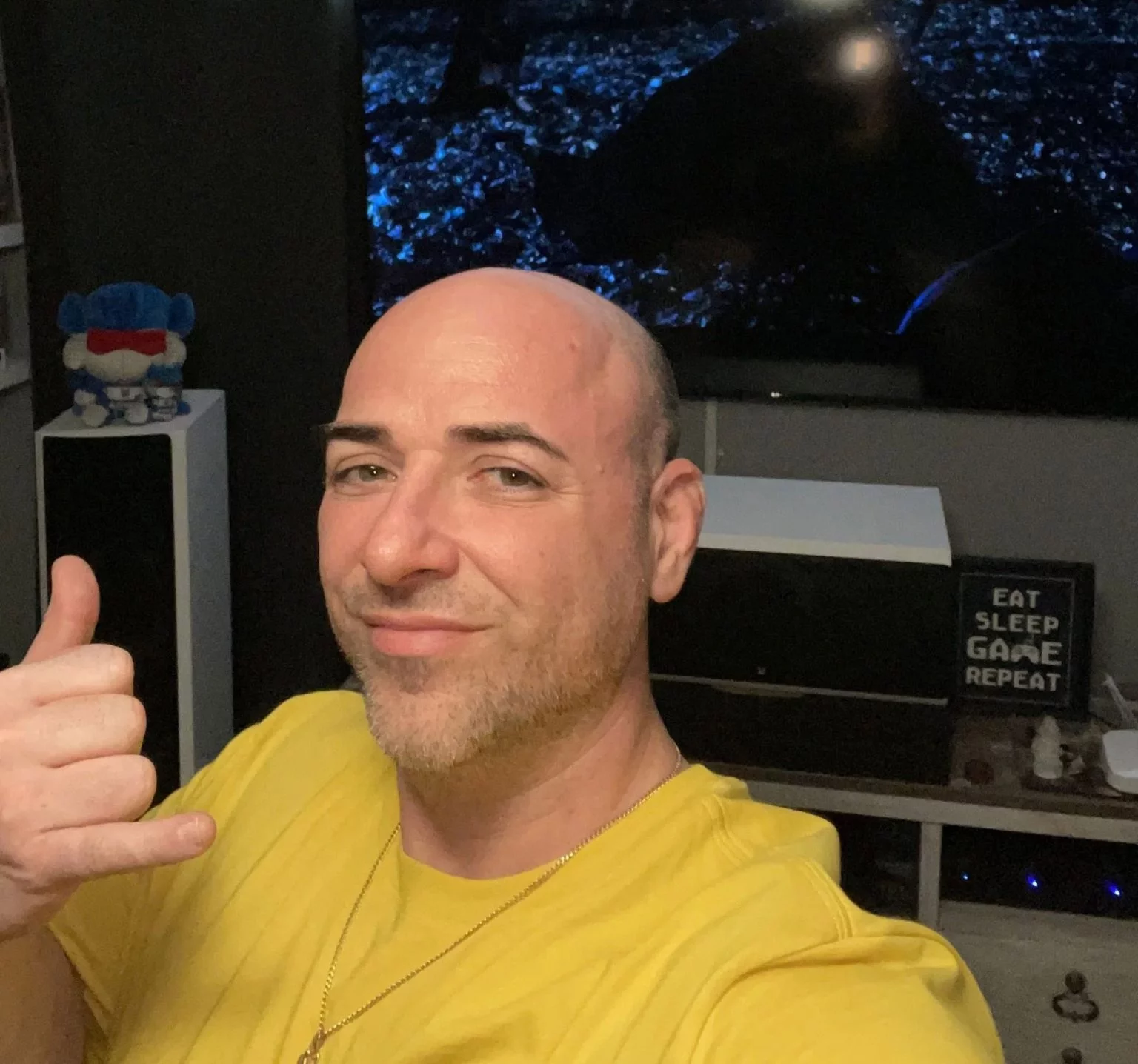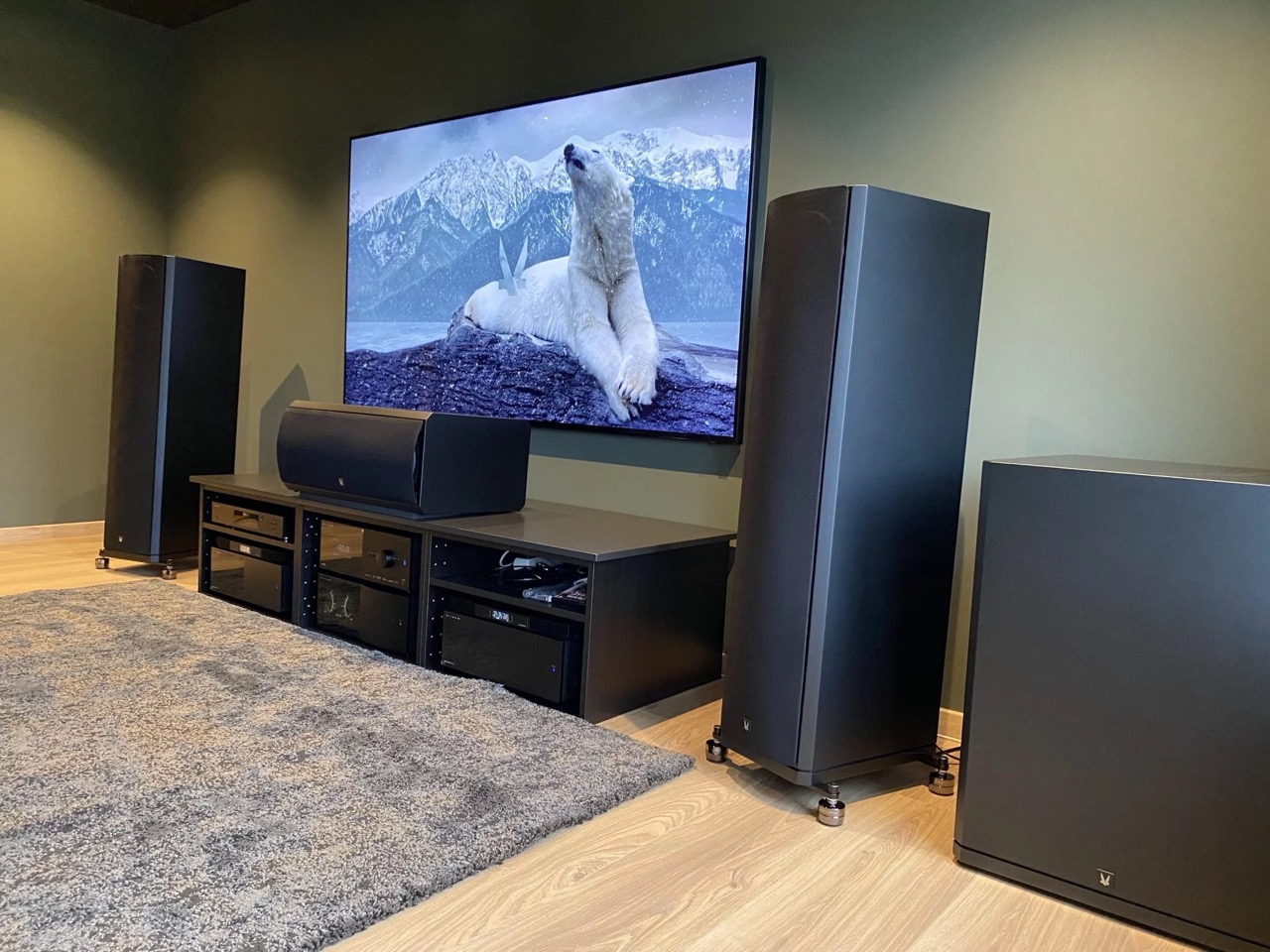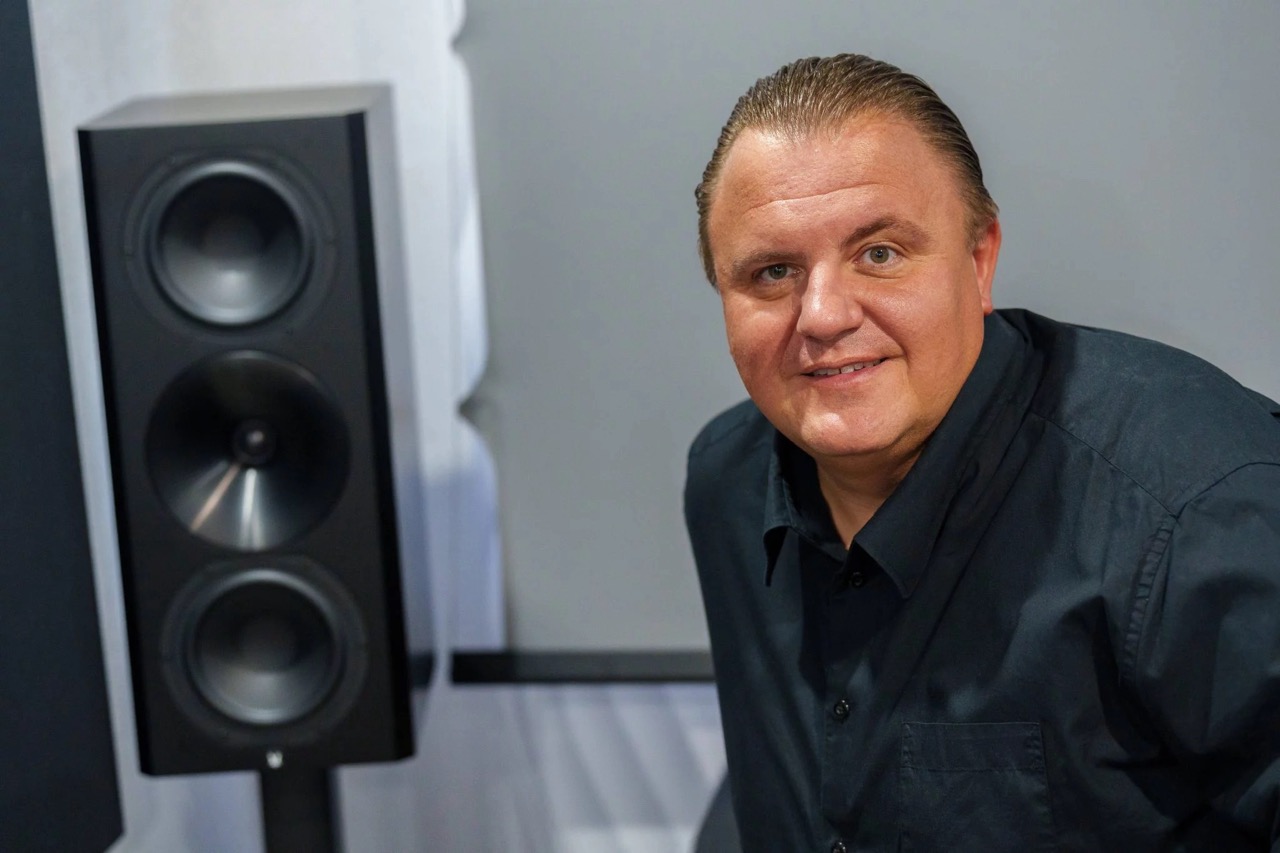1723 amplifier settings – Best practice for Stereo
Article summary - TL;DR
- Follow these settings for optimal stereo performance in non-adjustable setups.
- Set the correct input gain, typically +6dB for low-voltage sources.
- Adjust the LPF Frequency based on speaker size; between 50Hz and 120Hz is ideal.
- Optimize phase settings for integrated sound; use a constant bass beat for adjustments.
- Enhance your audio-visual setup with the 1723 Tower THX for cinematic quality sound.
Here are the settings we recommend for Stereo purposes, specifically stereo setups that do not have room correction or adjustability on the subwoofer output. For stereo sources with room correction please refer to the home cinema guide. Settings not mentioned are ones we would rather leave as is unless you for any specific reason want to change them.
This guide should be read in conjunction with the Amplifier Operation Manual in the handbook.
Please see our other guides for Dual Source or Home Cinema settings.

- Levels Menu
- First step will be to set the correct input gain. Depending on the output voltage of your source you will have to select the correct position, typically an analog stereo preamp will have a relatively low output of around 1V, which makes +6dB the correct setting.
- Set Ref. Level to off.
- Adjust Master Level to the position until you have adequate bass in your room. This setting should be fully optimized after other settings are properly adjusted.
- Crossover Menu
- LPF Bypass should be left off.
- LPF Frequency may have to be tweaked a little for room, personal preferences, and also to the type of speakers you use. If you use larger floor standing speakers, a good place to start will be a LPF frequency of between 50Hz and 80Hz. If you use a smaller bookshelf type speaker that need more help in the bass, you could consider adjusting the LPF Frequency between 80Hz and 120Hz. The subwoofer should be placed close to the speakers if you set a very high frequency as it will be easier to locate where the subwoofer is when playing music.
- LPF Slope is how fast you want the signal to roll off after the LPF Frequency you just set. We recommend setting it to 12dB/Oct, unless you want to play around to see what gives the best bass in your setup.
- Phase is the single most important adjustment to get your subwoofer properly integrated with your speakers. The easiest way to adjust this setting properly is using a song with a steady bass beat and adjust the phase until you have the most bass in the listening position. If that setting is above 90 degrees, we recommend setting signal invert to on, and resetting the phase (which now should be less than 90 degrees with optimal performance).
- EQ mode 1 for larger rooms, or smaller rooms if you just want some extra rumble in the deepest bass. EQ2 mode will roll-off earlier and not give as much of an earthquake effect, and EQ3 mode will have the least amount of deep bass of the tree presets.
- Parametric EQ Menu
- Only make changes here if you have measured the response and know where you need to make some changes.
- Input/Turn-on
- Input/Turn-on should be in Auto-on or 12V if you have a 12V trigger signal from your source that you want to use.
- Choose the input type that fits your source (RCA or XLR).
- Choose for example RCA 1 + 2 if you have left and right signal pre-out from our source, or only RCA 1 for example, if you have a mono output for subwoofer use.
- Setup Menu
- If Auto turn-on is active, we would recommend setting the Wake-up Sens. to High so the amplifier turns on with very low input signal.
Frequently asked questions
What are the recommended settings for stereo setups without room correction?
Set the input gain based on your source's voltage, typically +6dB for analog stereo preamps. Turn off Ref. Level, adjust Master Level for adequate bass, and tweak the LPF Frequency based on your speaker type.
How do I adjust the crossover settings for my speakers?
Keep LPF Bypass off, set LPF Frequency between 50Hz to 80Hz for floor standing speakers, or 80Hz to 120Hz for smaller bookshelf speakers. Use a 12dB/Oct slope and adjust Phase for optimal bass integration.
What phase setting should I use for my subwoofer?
Adjust Phase while playing a song with steady bass, aiming for maximum bass in your listening position. If it's above 90 degrees, enable signal invert and reset the Phase accordingly.
When should I use the Parametric EQ Menu settings?
Only make changes here if you have measured your room's response and know where adjustments are needed.
What input settings should I choose for my subwoofer?
Select Auto-on or 12V if using a 12V trigger signal. Choose the input type (RCA or XLR) that matches your source and select RCA 1 + 2 for stereo signals or just RCA 1 for mono output.
How can I ensure my amplifier turns on easily?
If Auto turn-on is enabled, set the Wake-up Sensitivity to High to allow the amplifier to turn on with very low input signals.
What should I consult alongside these settings?
This guide should be read in conjunction with the Amplifier Operation Manual for more detailed instructions.
Where can I find more guides for different setups?
Check our other guides for Dual Source or Home Cinema settings for more tailored adjustments.


